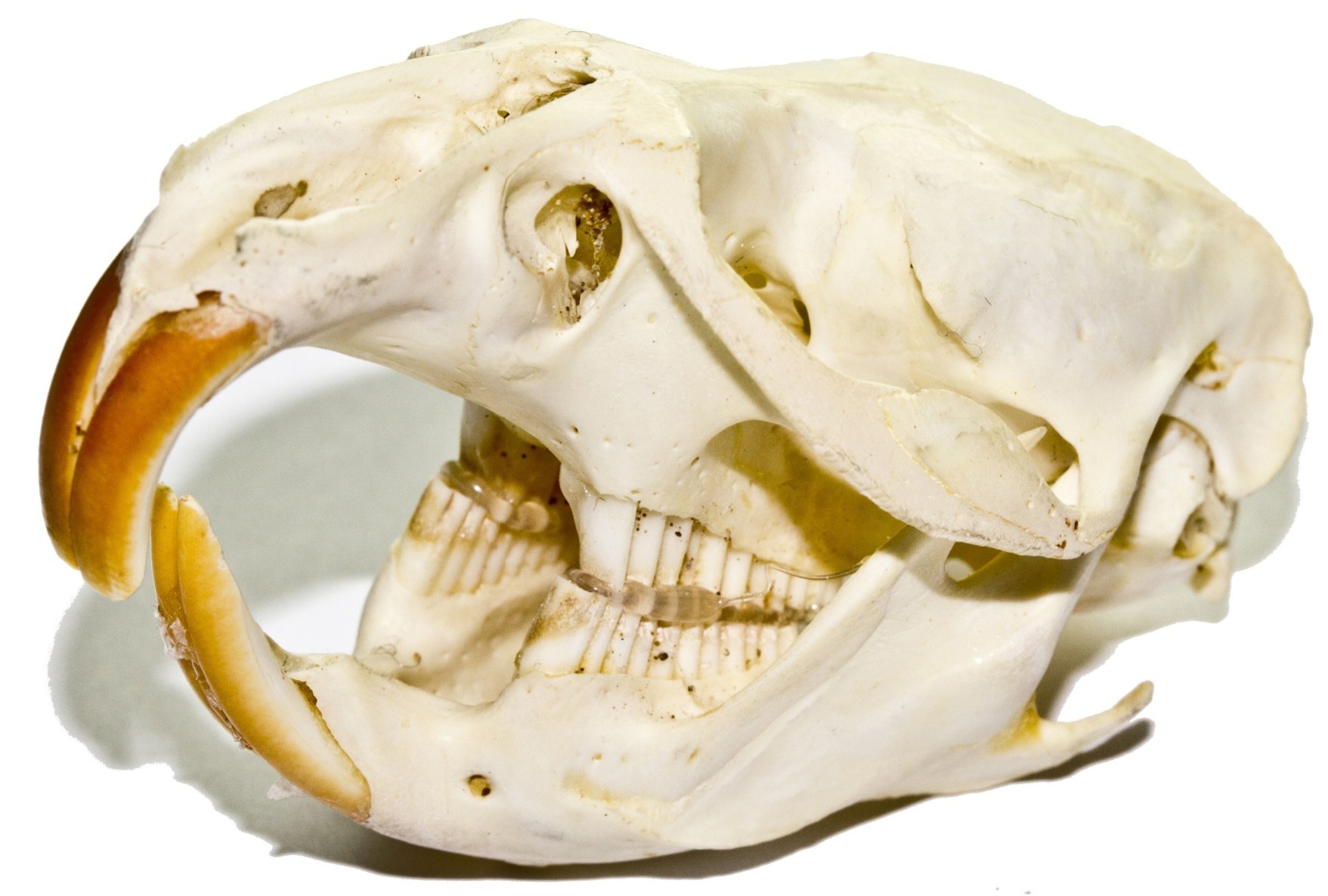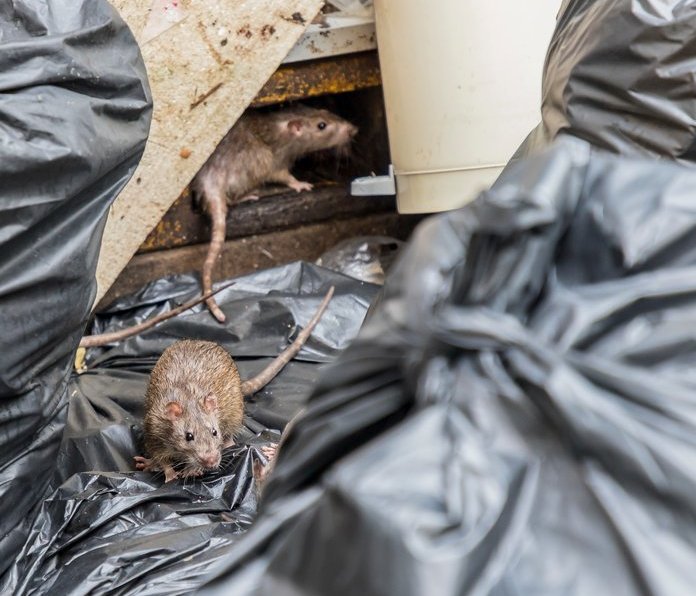What do rats eat in Reading?
Posted on 15th March 2020 at 10:10
What do rats eat is a question we often get asked when delivering pest control to homes and businesses across the region, many people don’t understand why rats are in their property and what they could possibly eat; we think that education is an important tool in delivering effective pest control so we have written this blog to dig down into rat behavior – the better that we can understand rats, means the more able that we are to eradicate rats.

Let’s look at the origins of rats, where they come from and how they evolved, rats and another close relative, mice (both considered pests by us) belong to a subfamily of rodents known as Murinae. They appear in the fossil record with a family tree that dates back over 34 million years, mankind’s is now thought to be around 11 million years, meaning we’re the young kids on the block. The ancestor of today’s rats emerged in a period of time called the Miocene epoch around 5 to 6 million years ago: a climate-based world where grasslands were steadily replacing forests. To give it some scale at this time Africa had ‘bumped’ into Arabia and many animals like elephants had migrated out of Africa. This is a world which we would recognize today as the continents had settled into position and the genus Rattus – commonly known as our rat evolved between 3 and 1 million years ago.

Where do rats come from?
Our modern rat: rattus Norwegius originated on the grass plains of Asia around the area that we’d call Mongolia today, as wild animals they lived in burrows below ground feeding on seeds, berries, insects and whatever else they could scavenge. At some stage, probably when early man turned from the role of hunter into gatherer, rats became semi-dependent on us for its food supply, anywhere that you find human settlement you’ll find the Norway rat.
Why is the rat called the Norway rat?
This species of rat; let’s not confuse it with the black rat which is purported to have spread the black death, is called the Norway rat due to the English naturalist John Berkenhout. In the 1700’s he published a book on the natural history of Great Britain, and he had incorrectly identified Norway as the origin of this species of rat. The became the belief and the name stuck, the name is a misnomer and it is also called the sewer rat, farm rat, brown rat and sometimes rather sadly the water rat which is a confusion with the water vole – Ratty from Wind in the Willows.
Rats live around us, benefiting from our wasteful lifestyle and food hoarding, ever walked past a grain barn in the countryside? It is estimated that around 20% of the worlds food production is either eaten by or contaminated by rats or mice, stand by a grain barn quietly for a few minutes and you’ll be surprised at what you see running around.

Do rats have the hardest teeth? Mammals have four different types of teeth, these differ in shape, function and position within the jaw of the animals: at the front incisors with canines to the sides. As you move to the back of the jaw the premolars sit in front of the large molars at the back; rats only have two types of teeth – incisors and molars. The incisors are designed for gnawing, we use them to remove corn of the cob and meat from a bone, rat’s incisors are highly specialized, open rooted these will grow throughout the animal’s life. The enamel on the face of the tooth is harder than cast iron and will even wear away brickwork and concrete given time. The other tooth the rat has is the molar and these are used for grinding down the food prior to swallowing, rats have six molars on the top jaw and a mirror of six on the bottom.
Rats do not posses’ canine teeth; the function of these teeth is defense, combat and holding prey, this means that although we know that rats can hunt smaller mammals and birds this is not their natural means of obtaining food. The rat jaw has a large space between the incisors and the molars called the diastema. This allows rats to gnaw away at an object and for the fillings to spill out through the side of the jaw; if we were to attempt this we would have to stop and spit the debris out, rats can just gnaw away with no problem; something often heard under the floor or up in the loft.

Rats are omnivores in that they’ll eat just about anything, and I mean anything! Rats rarely hunt for food as they are natural scavengers, when food is scarce or if the population is high, they may be seen attacking birds. Usually this behavior is an indicator that they lack a source of protein in their diet, it’s worth knowing that rats can survive for around 14 days without food! Out in the countryside rats will rarely get close to a carcass, foxes, badgers and crows will all assume the hierarchy when it comes to a pecking order with rats at the bottom; they are scavengers after all. This is another example of why rats infest our homes; it’s a lot more convenient to live somewhere close to a reliable food source. Rats like all the rodent species will store food away; dry foodstuffs like seeds, breads and biscuits along with dry dog food will all stay edible stored in a void under the floor. This is termed translocation of food and one negative effect of using pest control companies who use a poison only approach is only a small amount of rodenticide is eaten and the rest is left hidden inside the house.
What is rodenticide and how does it work?
The substance that we sometimes refer to as poison is a blood thinning agent, no different to warfarin that you would receive as a medicine, in fact, the poison used against the grey squirrel is warfarin based. The active ingredient is ingested and works inside the animals liver, here it prevents a protein and enzyme from working together, the result of this is that the blood cannot thicken. Eventually the blood is thin enough that it bleeds through membranes in the lungs and stomach and through the animals capillaries causing death to the rat through dehydration and organ failure. An urban myth perpetuated by our industry is that a poisoned rat will die outside of your property as it will be thirsty and seeking water; unfortunately this is not the case, rats poisoned from eating rodenticide die anywhere.
Why do we see rats outside in the daytime?
Rats live in a very controlled hierarchical society where every rat knows his or her place and this shows up when it comes to feeding, if rats have a pretty steady food source, they will prefer to eat just that. Alpha and betas from the group will feed more often than the subordinate rats, up to 70% more than some of the lowest ranking members of the group, when the food source starts to disappear it’s the weakest members of the group that will get the least amount of food and this is why you can suddenly see rats feeding in daylight under the bird feeder.
Footage of two rats fighting over pizza in New York - rats are the ultimate scavenger.
If you have a rat problem, then we have the solution for you; our approach to rat control in Reading is to use tracking methods including sophisticated cameras for drain surveys to identify how the rats are getting inside your property. The use of rodenticide is proven to work, and it’ll get rid of the rats but without a full diagnostic treatment you’ll find yourself re-infested in a matter of weeks or months. All too often we attend a property in Reading that’s had a rat problem for years and we discover that previous pest controllers made no attempt to investigate the access points. We aim to find out where the rats are getting in, then come up with a plan using traps and poison if needed so we can seal up the rats entrance meaning that you’ll now be rat free for good.
Tagged as: Rats and mice
Share this post:












